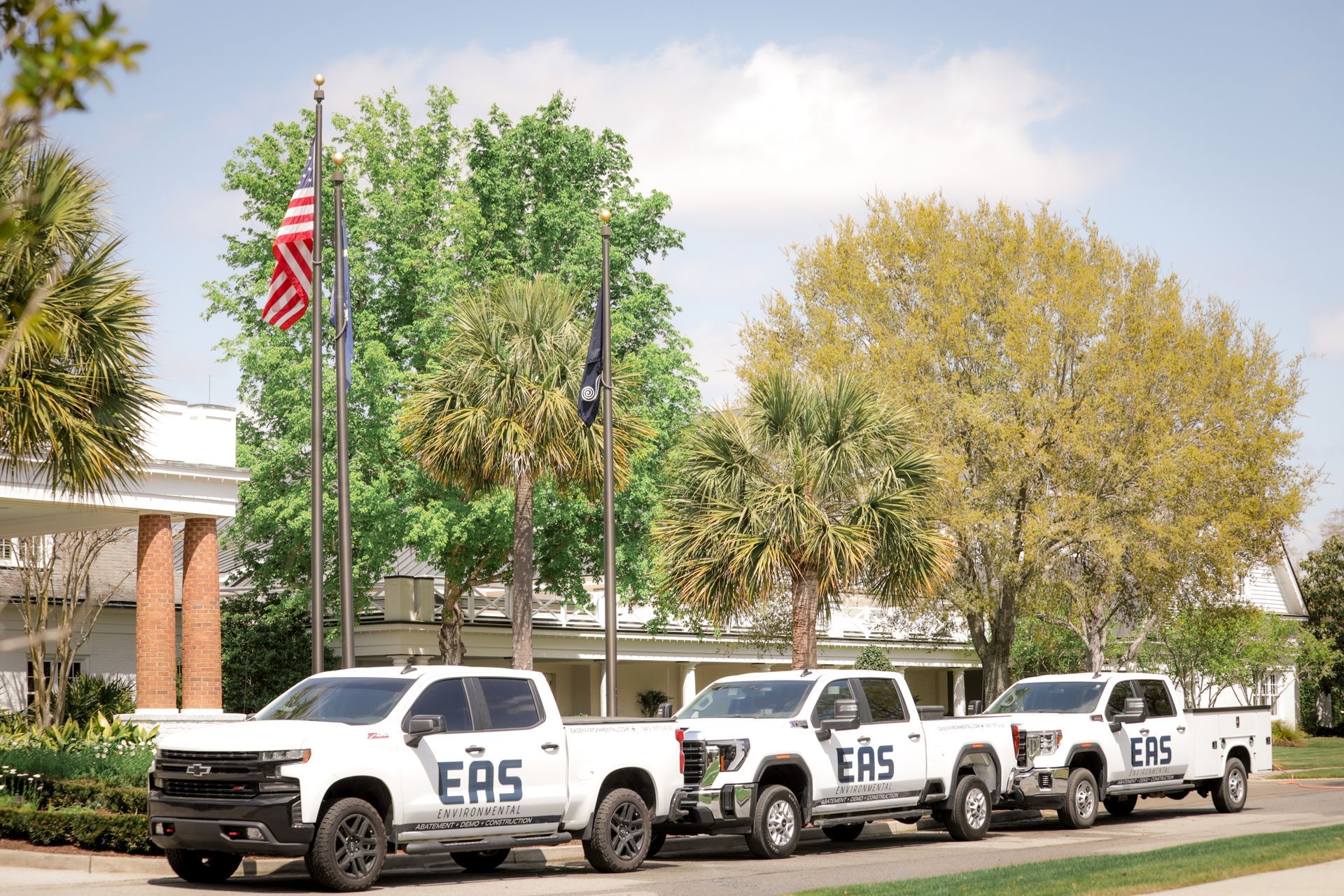
Welcome to our blog, where we dive into the significance of waterproofing your crawl space and why it should be a top priority for homeowners. Your crawl space may be tucked away out of sight, but its condition plays a crucial role in the overall health and stability of your home. In this article, we will explore the importance of waterproofing your crawl space, the potential issues caused by neglecting this area, and the benefits of investing in proper waterproofing techniques.
Protecting Your Home with Waterproofing
Protecting your home is a top priority, and one of the key measures you can take is waterproofing. Waterproofing your home helps shield it from potential water damage, which can have devastating consequences. By investing in proper waterproofing techniques, you create a barrier against water intrusion, safeguarding the structural integrity and longevity of your home.
Waterproofing provides a vital layer of protection for various areas of your home, including basements, foundations, and crawl spaces. It prevents water from seeping into these areas, reducing the risk of mold growth, wood rot, and foundation issues. Additionally, waterproofing helps maintain a dry and healthy living environment by minimizing the potential for moisture-related problems, such as musty odors and poor indoor air quality. By proactively protecting your home with waterproofing, you can enjoy peace of mind, knowing that you have taken essential steps to ensure the longevity and value of your property.
The Benefits of Crawl Space Waterproofing
Crawl space waterproofing offers a range of benefits that go beyond mere protection from water damage. One of the primary advantages is improved indoor air quality. By sealing off the crawl space and preventing moisture infiltration, you reduce the risk of mold and mildew growth, which can release harmful spores into the air. This helps create a healthier living environment, minimizing the potential for respiratory issues and allergies.
Another significant benefit of crawl space waterproofing is enhanced energy efficiency.
When the crawl space is properly sealed and insulated, it prevents air leakage and reduces the exchange of hot or cold air with the rest of the house.
This means that your heating and cooling systems can operate more efficiently, resulting in lower energy consumption and reduced utility costs. By improving energy efficiency, crawl space waterproofing not only benefits your wallet but also contributes to a more sustainable and eco-friendly home.
In conclusion, crawl space waterproofing offers a multitude of benefits, including improved indoor air quality and enhanced energy efficiency. By investing in this preventive measure, you can protect your home from potential water damage, create a healthier living environment, and enjoy long-term savings on energy costs. Crawl space waterproofing is a valuable investment that provides both immediate and long-term advantages for homeowners.
Preserving Health and Comfort
Preserving the health and comfort of your home is of utmost importance, and one effective way to achieve this is through crawl space waterproofing. A properly waterproofed crawl space helps to preserve both the physical health of your home and the comfort of its occupants.
By preventing moisture intrusion, crawl space waterproofing inhibits the growth of mold, mildew, and other harmful microorganisms. These can have detrimental effects on indoor air quality, leading to respiratory issues, allergies, and other health concerns. Additionally, waterproofing helps to maintain a more consistent temperature and humidity level throughout your home, enhancing overall comfort. By creating a dry and controlled environment, crawl space waterproofing contributes to a healthier and more comfortable living space for you and your family.
Furthermore, crawl space waterproofing helps to preserve the integrity of your home's structure. Excessive moisture in the crawl space can lead to wood rot, decay, and compromised structural components. By preventing water damage, waterproofing extends the lifespan of your home, reducing the need for costly repairs and ensuring its long-term durability. Preserving the health and comfort of your home through crawl space waterproofing is a proactive measure that pays off in the long run, providing a safe and pleasant living environment for years to come.
FAQs
Contact EAS Environmental Today!
EAS Environmental will do everything we can to ensure your experience with us is excellent.
Request A FREE Estimate
Request a Free Estimate Form
Checkout Recent Post




Got a Question? We’re Here to Help.
You can arrange an appointment or make an enquiry by phone or email, orget in touch to us via our contact form.

